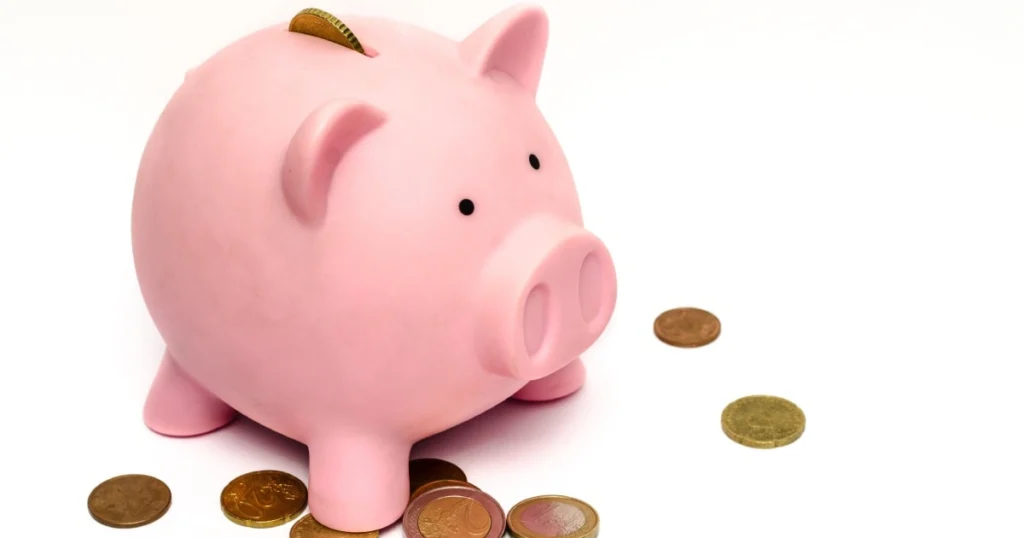In today’s fast-paced world, having an emergency fund in the US is not just a luxury but a necessity. The importance of financial reserves cannot be overstated as they serve as a safety net during uncertain times. Whether it’s a sudden job loss, unexpected medical expenses, or emergency car repairs, having a reserve can offer peace of mind and financial stability.
By setting aside a portion of your income regularly, you are effectively preparing for unforeseen circumstances that life may throw your way. This blog post will guide you on the importance of maintaining a financial backup and actionable steps to create your own.
Understanding the role of an emergency nest

First and foremost, let’s comprehend what an emergency fund truly is. Essentially, it is a stash of savings set aside to cover unexpected expenses. These funds should be easily accessible yet kept separate from your regular savings account to avoid being spent frivolously.
Think of it as your financial parachute, there to soft-land you when the economy or personal circumstances take a nosedive. Its primary role is to provide quick financial assistance without resorting to high-interest loans or credit card debt. An adequate reserve can prevent a temporary financial setback from becoming a long-term financial crisis.
Building a dedicated savings plan
Establishing a dedicated plan is crucial in creating an effective financial cushion. Start by assessing your current expenditure and income. Calculate the minimum amount you need to cover essentials like housing, food, and utilities for three to six months. This amount becomes your savings goal for your reserve.
Next, automate your savings to make the process easier and more consistent. Set up regular transfers to a special savings account dedicated to emergencies. This not only helps in building the fund but also gradually ingrains a savings habit. Monitoring and adjusting your budget will ensure that your fund grows steadily over time.
Options for storing your financial reserves
When it comes to securely storing your emergency savings, choosing the right type of account is essential. Consider accessibility and liquidity when making your decision. A high-yield savings account is a popular choice as it offers higher interest rates compared to regular savings accounts, helping your fund grow over time.
Money market accounts are another option, often providing check-writing privileges and slightly higher returns. Lastly, consider a traditional savings account for its simplicity and immediate access. Remember, the goal is not to invest this money for growth but to preserve it as an immediate financial backup.
The challenges of creating an emergency reserve
While the benefits of having financial reserves are clear, building them comes with its challenges. One significant challenge is the discipline needed to regularly contribute to this fund despite competing financial priorities like debts or high living costs. It requires a change in mindset, focusing on long-term security over immediate gratification.
Another hurdle is the temptation to dip into the fund for non-emergencies, which can deplete your savings quickly. Avoid this by setting strict guidelines on what constitutes an emergency. Perseverance and a clear understanding of the fund’s purpose are key to overcoming these obstacles.
Staying committed to your financial goals
Commitment is the backbone of a successful emergency savings plan. Start by setting realistic goals that align with your financial situation. Break your end goal into smaller, manageable objectives to avoid feeling overwhelmed. Regularly reviewing your progress can motivate you to stay the course. Celebrate milestones along the way as they are crucial morale boosters.
Additionally, life changes such as increased expenses or income fluctuations should prompt a review and adjustment of your goals and savings rate. Remember, this financial reserve is a lifelong commitment toward ensuring your financial health.
Incorporating your emergency fund into a broader financial strategy
Your emergency savings should be a key component of a broader financial strategy aimed at achieving overall financial health. Alongside debt reduction and retirement planning, ensure that your reserves are prioritized. The key is to balance your financial plans strategically, allocating resources efficiently to different goals.
Consider consulting with a financial advisor for personalized advice that fits your situation. They can provide invaluable insight into how best to balance the various aspects of your financial life in a way that works towards securing a healthier financial future. With a solid strategy, you’ll be better prepared for whatever comes your way.
In conclusion, the importance of financial reserves cannot be underestimated. By creating a dedicated savings plan and overcoming challenges with commitment and perseverance, you can build a safety net that ensures stability during tumultuous times. Let it be the foundation of your broader financial strategy, and you’ll find yourself better equipped to handle life’s curveballs with confidence and peace of mind.

